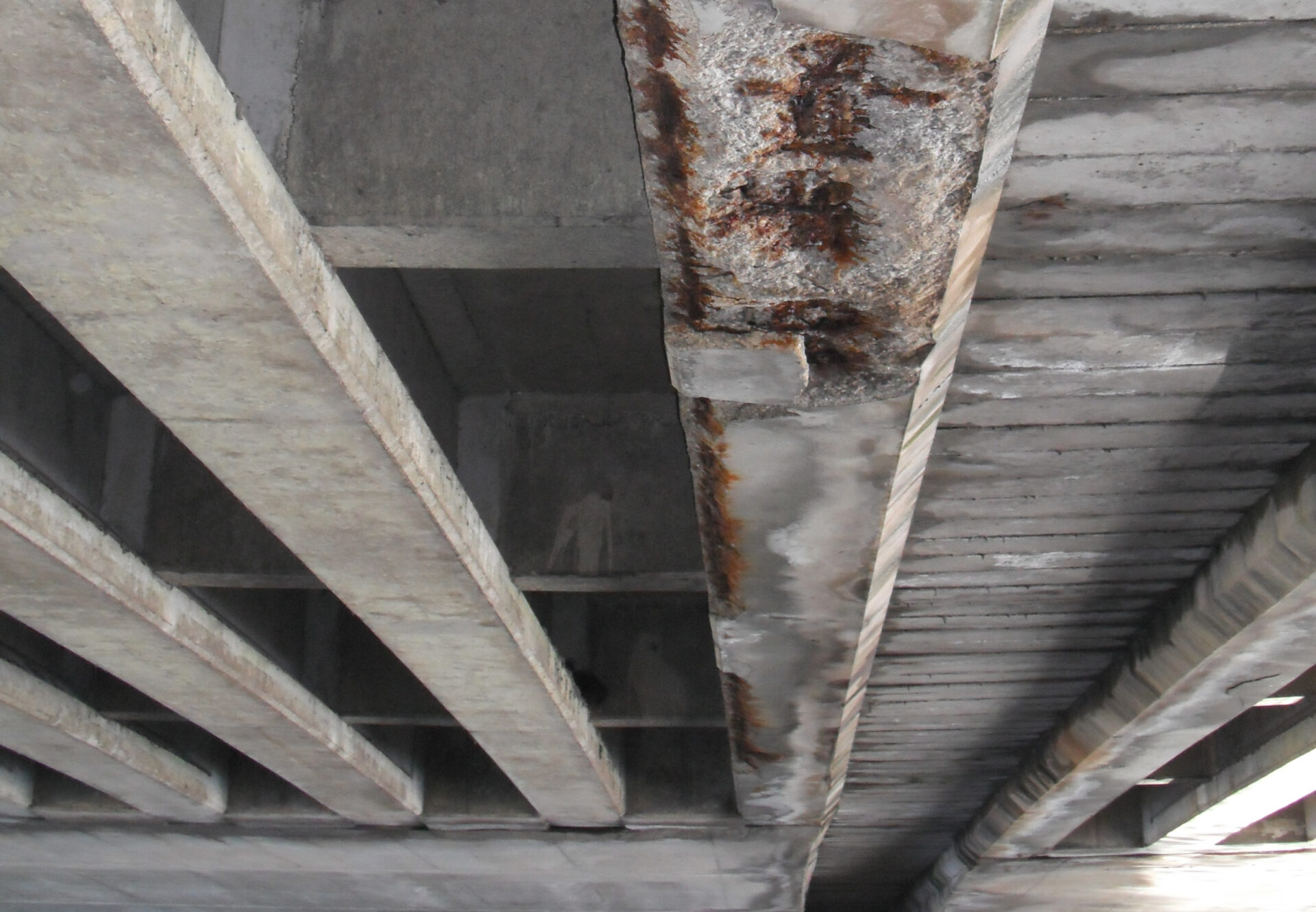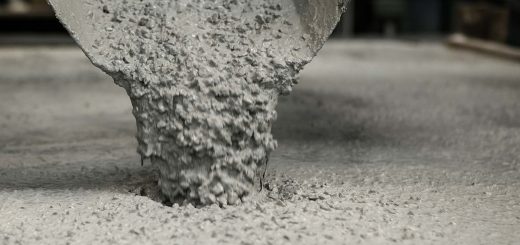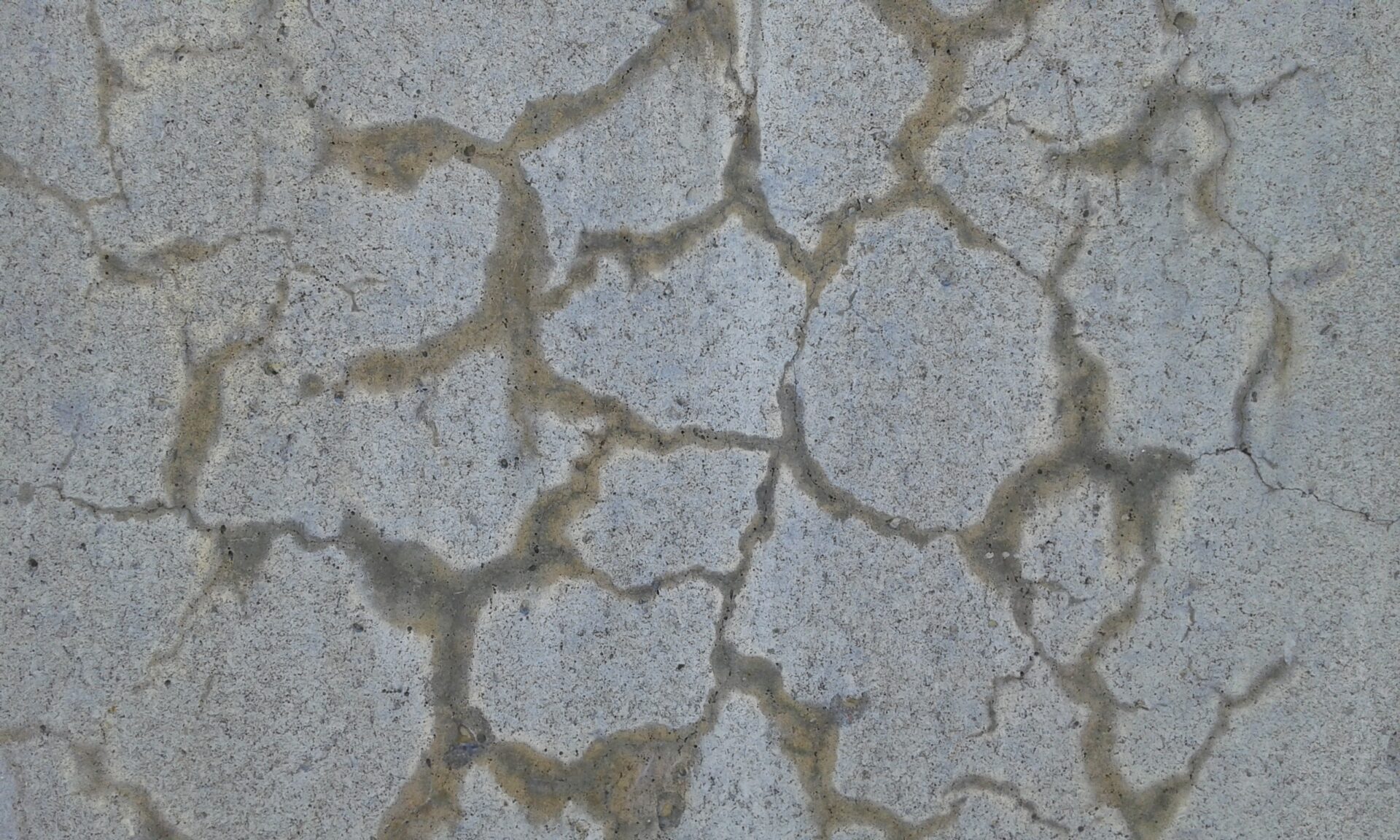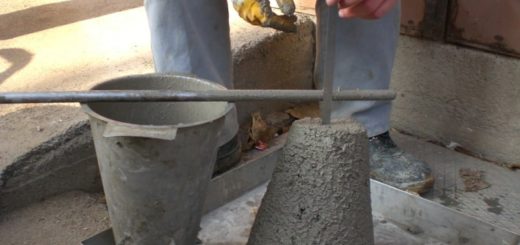Chemical Attack on Concrete: Causes Effects Prevent
Concrete, a fundamental building material, is renowned for its durability and strength. However, it is not impervious to chemical attack, which can significantly affect its integrity over time. In this article, we will delve into the world of chemical attacks on concrete, exploring their causes, effects, and effective preventive measures.
Concrete is a versatile construction material composed of cement, water, and aggregates. While it’s incredibly sturdy, it can be susceptible to chemical attack, especially in certain environments.
What is a Chemical Attack on Concrete?
A chemical attack on concrete refers to the deterioration or degradation of concrete structures due to exposure to aggressive chemicals.
Concrete is a widely used construction material known for its strength and durability, but it can still be susceptible to damage when it comes into contact with certain chemicals.
Chemical attacks can occur in various environments and can result in structural damage or reduced service life of the concrete.
There are several common types of chemical attack on concrete:
- Acid Attack
Acidic substances, such as sulfuric acid, hydrochloric acid, or acidic industrial effluents, can react with the calcium hydroxide and calcium silicate hydrates present in concrete.
This chemical reaction weakens the concrete matrix, causing it to deteriorate, crack, and lose its structural integrity.
Acid attack is a concern in industries like chemical processing, wastewater treatment, and battery manufacturing.
- Alkali-Aggregate Reaction (AAR)
AAR is a chemical reaction that occurs between the alkaline cement paste and certain reactive minerals or aggregates present in concrete.
This reaction can lead to the formation of expansive substances like alkali-silica gel, causing internal pressure and cracking within the concrete. Alkali-Aggregate Reaction can result in reduced durability and structural issues.
- Sulfate Attack
Sulfates present in soil, groundwater, or external sources can react with the calcium aluminate compounds in cement, leading to the formation of expansive sulfate compounds.
This reaction can cause the concrete to crack, weaken, and deteriorate. Sulfate attack is a common concern in underground structures, marine environments, and areas with high sulfate content in the soil.
- Chloride Attack
Chlorides, often found in seawater, de-icing salts, or industrial environments, can penetrate concrete and reach the embedded steel reinforcement.
When chlorides come into contact with the steel, they can initiate corrosion, leading to the expansion of rust and subsequent cracking of the concrete cover.
Chloride attack is a significant issue in coastal regions and where de-icing salts are used.
- Carbonation
Carbon dioxide (CO2) from the atmosphere can penetrate the concrete and react with calcium hydroxide, reducing the pH of the concrete.
This process is known as carbonation and can decrease the passivity of embedded steel reinforcement, making it more susceptible to corrosion.
Carbonation is a slow, long-term process that can affect concrete structures over time.
Causes of Chemical Attacks
Chemical attack on concrete can occur due to various factors and causes, often related to the presence of aggressive chemicals and environmental conditions. Here are the primary causes of chemical attacks on concrete:
Exposure to Aggressive Chemicals
The most common cause of chemical attacks on concrete is exposure to aggressive chemicals. These chemicals can come from various sources, including industrial processes, sewage, agricultural runoff, and chemical spills.
Examples of aggressive chemicals include acids, bases, sulfates, chlorides, and chemical solvents.
Environmental Conditions
The environment in which concrete structures are placed plays a significant role in chemical attack.
For example, marine environments with high salt content can lead to chloride attack, while areas with high sulfate content in the soil can result in sulfate attack.
The pH level and moisture content of the surrounding environment can also influence chemical reactions.
Improper Material Selection
Using inappropriate or non-resistant concrete mixtures can make structures more vulnerable to chemical attacks.
For instance, not using sulfate-resistant cement in areas with high sulfate concentrations can lead to sulfate attack. Proper material selection is essential to ensure the concrete’s resistance to specific chemicals.
Lack of Protective Measures
Failure to apply protective coatings or linings to concrete surfaces exposed to aggressive chemicals can leave the concrete vulnerable to attack.
Protective measures, such as epoxy coatings or acid-resistant liners, can create a barrier between the concrete and the chemicals.
Biological Factors
In damp and humid environments, the growth of microorganisms like bacteria, algae, and fungi on concrete surfaces can contribute to biological attacks.
These microorganisms produce acidic byproducts that can chemically degrade the concrete.
Temperature Extremes
Extreme temperatures, such as those encountered during fires, can cause thermal stress and chemical changes within concrete.
The rapid heating and cooling of concrete during a fire can lead to cracking and spalling.
Moisture Ingress
Moisture plays a crucial role in facilitating chemical reactions within concrete. Water can transport aggressive chemicals into the concrete’s pore structure, allowing them to react with the cementitious materials and aggregates.
Construction Deficiencies
Poor construction practices, such as inadequate curing, improper concrete placement, or insufficient concrete cover over reinforcement, can result in a weakened concrete structure that is more susceptible to chemical attack.
Aging and Wear
Over time, concrete structures may deteriorate naturally due to aging, wear and tear, and exposure to environmental factors. As the concrete ages, its resistance to chemical attack may diminish.
Effects of Chemical Attack
Chemical attacks on concrete can manifest in various ways, causing both visible and structural damage. Understanding these effects is essential for assessing the extent of the damage and planning appropriate repairs and maintenance.
Surface Deterioration
One of the most noticeable effects of chemical attack on concrete is surface deterioration. This can include:
- Scaling: Scaling occurs when the top layer of concrete begins to flake off or peel away, leaving behind a rough, uneven surface. This not only compromises the appearance of the structure but also exposes the inner layers of concrete to further damage.
- Spalling: Spalling is a more severe form of surface deterioration, where larger pieces of concrete break away from the surface. This can create hazardous conditions in areas with heavy foot traffic and significantly impact the structural integrity of the concrete.
- Cracking: Chemical attack can lead to the formation of cracks on the surface of the concrete. These cracks not only diminish the aesthetics of the structure but also provide pathways for additional chemicals and moisture to penetrate deeper into the concrete, exacerbating the damage.
Structural Weakening
Beyond surface effects, chemical attack can weaken the structural integrity of concrete. This poses serious safety risks and can result in costly repairs or even the need for complete replacement of the affected structure. The structural effects include:
- Reduced Load-Bearing Capacity: As chemical attacks corrode the steel reinforcement within concrete, the steel loses its strength, and the concrete loses its ability to bear loads effectively. This can lead to structural failures, especially in critical infrastructure.
- Loss of Durability: The chemical reactions that occur during an attack can weaken the bonds within the concrete, reducing its overall durability. This can result in concrete structures aging prematurely and needing frequent repairs.
Increased Maintenance Costs
The effects of chemical attack translate into increased maintenance costs for concrete structures.
Repairing damaged concrete, restoring structural integrity, and preventing further deterioration can be expensive and time-consuming.
Additionally, frequent maintenance and repairs can disrupt operations and cause inconveniences to residents or users of the affected structures.
Impact on Longevity
Chemical attack can significantly reduce the expected lifespan of concrete structures. Instead of enjoying decades of reliable service, structures may require premature replacement, resulting in significant financial burdens for property owners and municipalities.
From aesthetic degradation to structural weakening and environmental concerns, these attacks pose serious challenges to the longevity and safety of concrete structures. Preventive measures and timely maintenance are essential to mitigate these effects and ensure the durability of concrete in various environments.
Preventive Measures
Preventing chemical attacks on concrete involves a combination of careful planning, material selection, construction practices, and ongoing maintenance. Here are several measures and strategies to prevent chemical attacks on concrete:
Material Selection:
- Choose the right type of concrete mix with appropriate resistance to specific chemicals. Consider using sulfate-resistant cement, high-performance concrete, or chemical-resistant additives as needed.
- Modern method of specifying concrete based on the exposure conditions, cover to the reinforcement, grade of concrete, minimum cement content, etc. could be adopted.
- Select aggregates that are chemically stable and non-reactive with the expected environment.
- Use of groundwater or any other source of water to be tested before using for concrete mixing.
Protective Coatings and Linings:
- Apply protective coatings or linings to concrete surfaces exposed to aggressive chemicals. Epoxy, polyurethane, or acid-resistant coatings can act as a barrier, shielding the concrete from chemical contact.
- Ensure that the coatings are properly applied and maintained over time.
- Opt for low water-cement ratios in the concrete mix to increase its density and reduce permeability.
- Use pozzolanic materials like fly ash or silica fume to enhance the chemical resistance of concrete.
Proper Construction Practices:
- Ensure adequate concrete cover over steel reinforcement to protect it from corrosion caused by chlorides or other corrosive agents.
- Use proper curing methods to prevent surface cracking and enhance the concrete’s durability.
Drainage and Waterproofing:
- Implement effective drainage systems to prevent water and aggressive chemicals from pooling around or infiltrating into the concrete.
- Waterproof structures when necessary to minimize moisture ingress.
Seal Joints and Cracks:
- Seal joints and cracks in concrete structures to prevent the ingress of chemicals and moisture. Use appropriate sealants and repair methods.
Chemical Compatibility Testing:
- Conduct compatibility testing to determine how specific chemicals will interact with the concrete mix and any protective coatings or linings.
- Based on the test results, adjust the concrete mix and protective measures accordingly.
Proper Waste Handling:
- In industrial settings, handle and dispose of hazardous chemicals and waste materials properly to prevent accidental spills and leaks onto concrete surfaces.
Regular Maintenance and Inspection:
- Establish a routine maintenance program to inspect concrete structures for signs of chemical degradation or damage.
- Address any issues promptly to prevent further deterioration.
Monitoring and Testing:
- Implement monitoring systems to continuously assess the condition of concrete structures exposed to aggressive chemicals.
- Regularly test concrete samples from the structure to ensure that it maintains its resistance to chemical attacks.
Educate Personnel:
- Train personnel who work with or near concrete structures to handle chemicals safely and report any issues promptly.
Environmental Controls:
- Consider measures to control the environment, such as controlling the pH levels of water in industrial processes or reducing exposure to aggressive chemicals.
Design for Durability:
- In the design phase, consider durability as a primary factor and incorporate strategies to mitigate chemical attacks into the structural design.
Preventing chemical attack on concrete requires a holistic approach that begins with thoughtful design and material selection, continues through construction and protective measures, and involves ongoing monitoring and maintenance.
By implementing these measures, you can significantly extend the service life and performance of concrete structures in chemically aggressive environments.
In conclusion, chemical attacks on concrete are a significant concern in the construction industry. Understanding the causes and effects of these attacks is crucial for maintaining the longevity and safety of concrete structures. By taking preventive measures and ensuring proper maintenance, we can mitigate the risks associated with chemical attacks on concrete.




